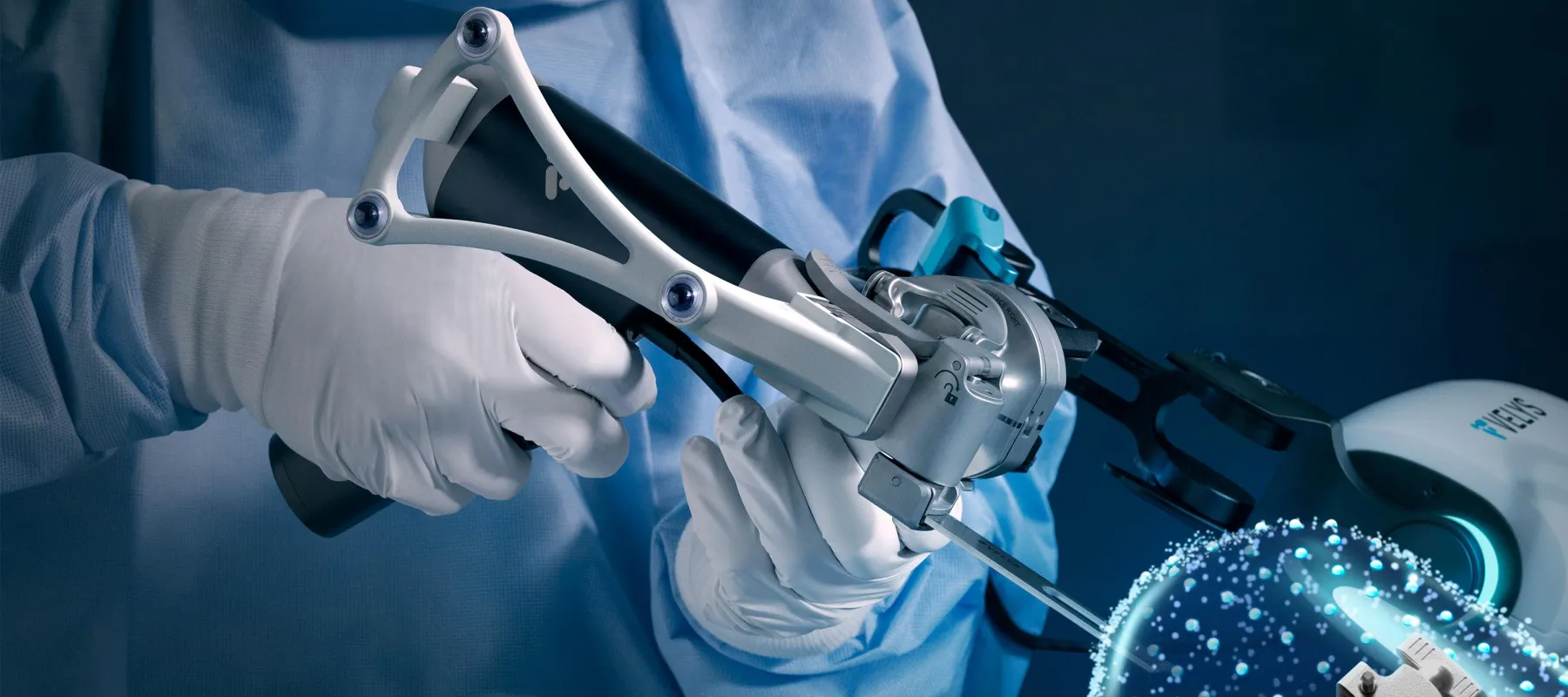
What is Robotic-Assisted Knee Replacement, and Is It Better?
Written by: Dr. Timothy Alton
Understanding Robotic Surgery
Robotic-assisted knee replacement uses advanced technology to help surgeons perform the procedure with greater precision. A 3D model of the patient's knee is created, which guides planning and ensures accurate placement of the implant. This allows surgery to be customized to each individual's anatomy.
Benefits of Robotics
The main benefits include improved alignment, more natural knee function, and reduced risk of implant misplacement. This precision can translate into better long-term outcomes and higher patient satisfaction. Patients often experience smoother recovery and greater confidence in their new knee.
How It Works During Surgery
During the operation, the robotic system provides real-time feedback and helps guide bone cuts with incredible accuracy. The surgeon uses robotic instruments that respond to small adjustments and ensure consistent results. While the robot assists, it is important to note that the surgeon is always in control. Robotics is a tool—not a replacement—for surgical expertise.
Examples of Robotic Advantages
For patients with complex anatomy, robotics can help achieve more accurate alignment. For athletes or highly active patients, the improved precision supports long-lasting function. Studies have shown that robotics can reduce the need for revision surgery in certain groups.
Is It Right for Everyone?
Robotic-assisted surgery is suitable for most patients, but not every hospital or surgeon offers it. I am proud to offer robotic surgery for all my primary joint replacement patients. The decision depends on your surgeon's expertise, your anatomy, and your individual needs. For patients, the outcomes are generally good with knee replacement surgery, though robotics adds an extra layer of precision. Patients often appreciate knowing that every detail is optimized.
The Future of Knee Replacement
Robotics is part of a larger movement toward more personalized, minimally invasive joint replacement. Combined with advanced implants and surgical techniques, robotic assistance represents the future of orthopedic care. As technology continues to improve, we will likely see even more precise, efficient, and patient-specific procedures.
Conclusion: A Helpful Tool
Robotic assistance is not a replacement for surgical skill, but it is an excellent tool that enhances accuracy. I leverage technology to help me get a perfect knee replacement, for every patient, every time. For most patients, this means improved recovery, function, and implant longevity. It represents one of the most exciting advances in modern orthopedic surgery, helping us provide the best outcomes possible.
